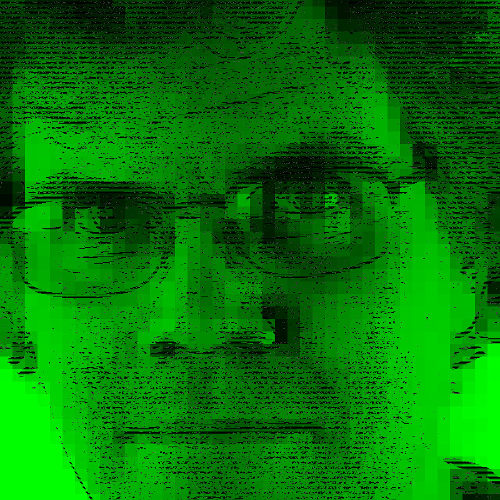Some days back, I mentioned I was tinkering with a little San Francisco COVID dashboard, calculating the risk of going to the supermarket vs getting groceries delivered. Since then, I learned more about the measurements available.
I wondered if I was messing something up; my dashboard said things were getting risky. But local medical-research smartie, UCSF med school big wig, and COVID risk watchdog Bob Wachter hadn't tweeted about being careful. But then yesterday, he did:
![screen shot of tweet: When I said in Sept I was OK w/ indoor dining in SF, I said I'd stop if risk⬆markedly. Alas, it has: cases ⬆(~5/100K/d⤏16); @UCSFHospitals
asymptomatic test pos rate⬆(~1.5⤏2.3); wastewater⬆. Still OK w/ small groups w/testing (poker tonite) but no indoor restaurants till⬇. [screen shot of tweet: When I said in Sept I was OK w/ indoor dining in SF, I said I'd stop if risk⬆markedly. Alas, it has: cases ⬆(~5/100K/d⤏16); @UCSFHospitals
asymptomatic test pos rate⬆(~1.5⤏2.3); wastewater⬆. Still OK w/ small groups w/testing (poker tonite) but no indoor restaurants till⬇.]](https://lahosken.san-francisco.ca.us/importable/2022/wachter-11-11.png)
Now I don't feel like such a goofus for wearing a mask on election day.
Dr Wachter, a UCSF bigwig, can see a measurement that I, a mere neighbor, do not have permission to see: the UCSF asymptomatic test positive rate. UCSF (local medical school+hospital) people have to get tested for COVID often, even if they have no symptoms. I figure that correlates pretty well with my risk of bumping into a COVID-breathing person inside my local Starbucks, ~95% of whose customers are UCSF workers.
But since I'm not a UCSF bigwig, I bumble along with the information I do have permission to see. In my earlier "tinkering" blog poast, I bemoaned the "fact" that I didn't have access to San Francisco test positivity data, and thus had to settle for California-wide test positivity data. Then the excellent WeBuiltThisCity let me know over on Mastodon that SF testing data is available. So I updated my dashboard to use that data:
![screen shot of COVID dashboard, now with SF-specific test numbers [screen shot of COVID dashboard, now with SF-specific test numbers]](https://lahosken.san-francisco.ca.us/importable/2022/miniplague-11-12.png)
I also had an interesting email conversation with Dan Egnor about wastewater data. Apparently, scientists are still arguing about the best way to measure human-COVID-in-wastewater amounts. Some scientists argue you should just measure the COVID-fragments you find in a gram of evaporated sewage; some scientists argue you should correlate that with some fragments of larvae found in human poop but not in other solids that get flushed into sewers. It occurred to me that if smartypants scientists were still arguing about this, then probably neither of those numbers was obviously-better to use; so I decided to be lazy and leave that part of my program alone, and keep using the larvae-correlated data.
So now I have mixed emotions. I'm happy that my dashboard's getting more useful; on the other hand, I'm sad it's telling me to make mediocre coffee at home rather than go swap air with the UCSF hospital workers at my nearby Starbucks.
